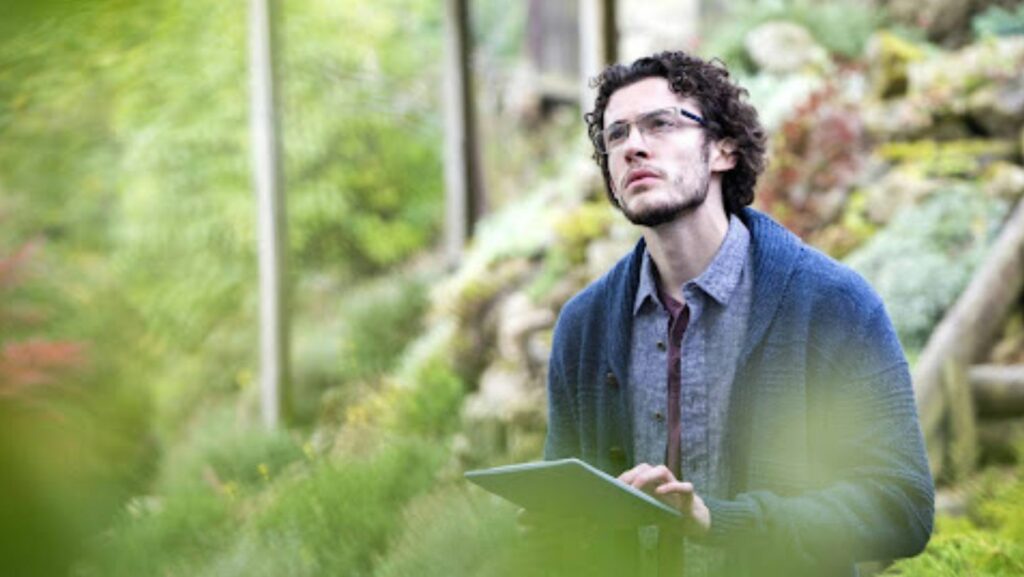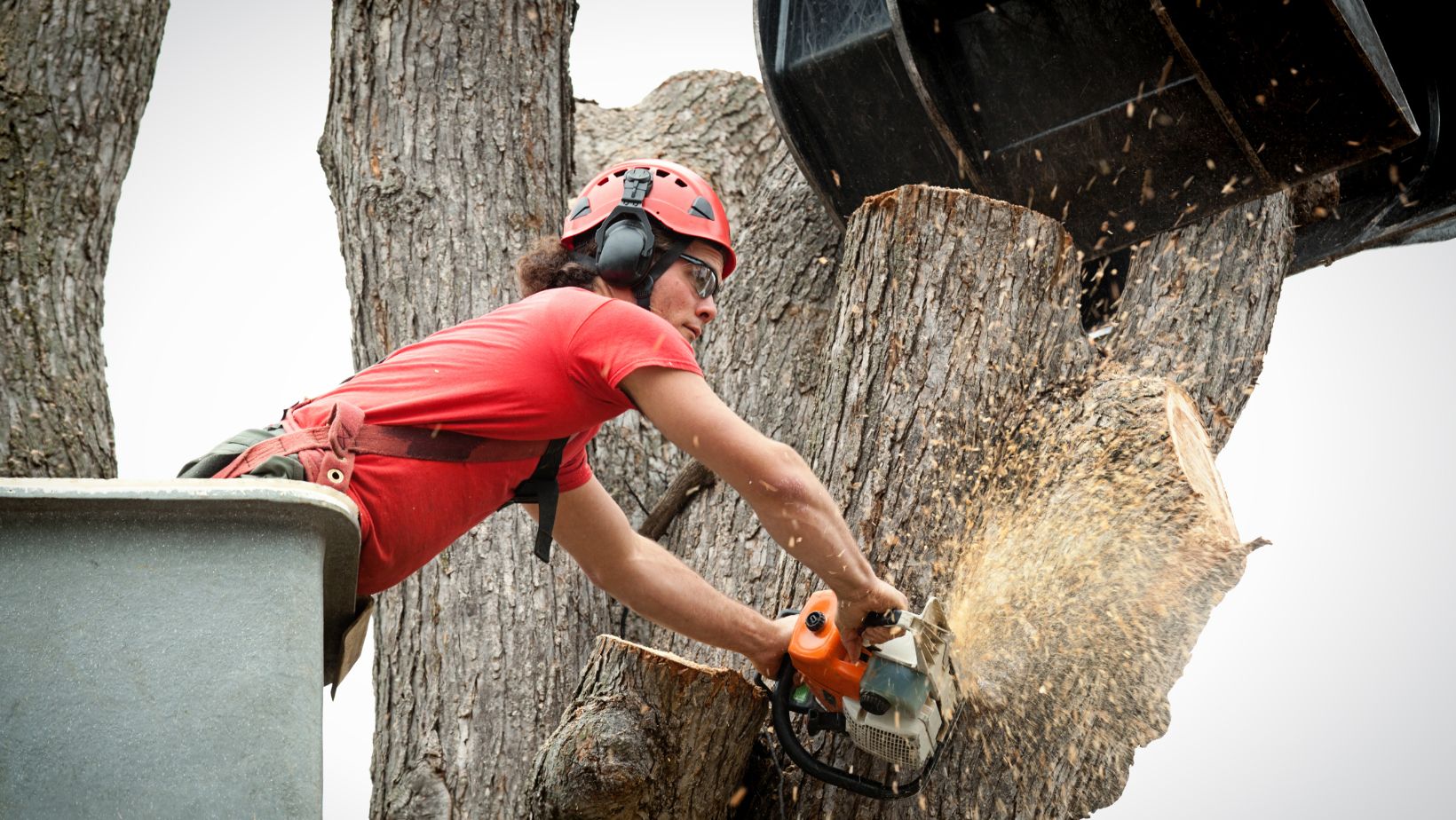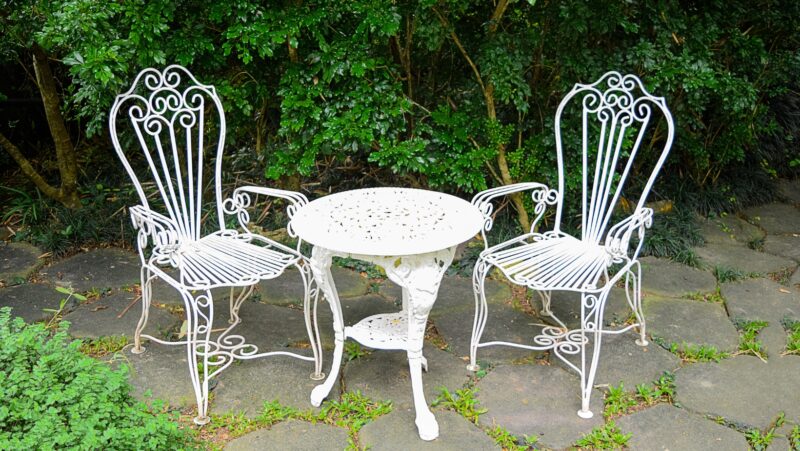
Tree health is a crucial component of maintaining beautiful, safe, and environmentally supportive landscapes. Trees contribute to ecological stability, provide shade, and enhance the aesthetic appeal and value of properties. However, they can also pose risks if their health is compromised. This is where the expertise of an arborist becomes essential. Arborists are trained professionals who specialize in assessing and managing tree health. Their in-depth knowledge and skills help ensure trees are not only safe but also thriving. Arborist assessments are thorough evaluations that gauge the condition of trees, offering crucial insights into potential issues and appropriate interventions. Regular tree assessments are vital for upholding safety standards and preserving the environmental benefits that trees provide.
What Is an Arborist Assessment?
An arborist assessment is a systematic process conducted to determine the health and structural integrity of trees. The primary purpose of this assessment is to identify any signs of disease, pest infestations, structural weaknesses, or other health concerns. This evaluation helps in devising appropriate care strategies and preventive measures to maintain tree health.
Key components of an arborist assessment include:
- Visual Inspection: Observing the overall appearance of the tree, including leaves, branches, and trunk.
- Structural Analysis: Checking for stability issues, cracks, or weakened limbs.
- Health Check: Identifying signs of disease, pest infestations, and nutrient deficiencies.
Arborists utilize a range of tools and techniques during an assessment. Basic inspections may involve a visual examination and simple tools like a mallet and binoculars. In contrast, comprehensive assessments often require advanced diagnostic equipment like resistographs, which measure wood density, and tomography, which provides an internal view of the tree’s structure.
Understanding the distinction between a basic inspection and a comprehensive assessment is crucial. While a basic inspection might suffice for routine checks, a comprehensive assessment is essential for diagnosing complex issues or evaluating the health of mature trees.
Signs Your Tree Needs an Arborist Assessment
Trees have their way of signaling distress, and recognizing these signs can be lifesaving for the tree and potentially for the property or persons around it. Common symptoms of unhealthy trees include discolored leaves, dead branches, and unusual growth patterns. Additionally, the presence of fungi, such as mushrooms, near the tree’s base, can indicate root rot.
Seasonal assessments are particularly important because different issues can arise at various times of the year. For instance, leaves might show stress symptoms in summer due to drought, while structural weaknesses could be more noticeable in winter when branches are bare.
Ignoring tree health issues can lead to severe consequences. Unaddressed infections or structural weaknesses can cause limbs to fall or even result in the tree toppling over. This can lead to property damage or serious injury. Early detection and intervention allow for timely treatments, increasing the chances of saving the tree and preventing hazardous situations.
Tools and Techniques Used in Arborist Assessments
Modern arborist assessments rely on both traditional methods and sophisticated technology. Visual inspection methods are the foundation of tree assessment. Arborists observe the tree’s overall condition and identify any obvious signs of distress.

In addition to visual inspections, arborists employ diagnostic tools for a more accurate analysis. For instance, a seismograph is used to detect internal decay by measuring the resistance encountered as a tiny drill bit is inserted into the tree. Tomography, on the other hand, uses sound waves to create a cross-sectional image of the tree, highlighting areas of concern that are not visible externally.
Soil testing provides crucial information about nutrient availability and soil conditions, which directly impact tree health. Root examinations are equally essential, as many tree health issues originate below ground. Techniques such as air spading allow arborists to examine roots without causing damage.
How to Choose a Certified Arborist
Selecting the right arborist is vital for ensuring high-quality care for your trees. Credentials and certifications are the first things to consider. Look for professionals certified by reputable organizations such as the International Society of Arboriculture (ISA). These certifications indicate that the arborist has undergone rigorous training and adheres to industry standards.
Ask potential arborists about their experience and methodology. It’s important to understand their approach to tree care and how they stay updated with the latest industry practices. Additionally, inquire about the tools and techniques they use for assessments and their response strategy for different tree health issues.
Hiring a certified arborist ensures that the job is done correctly and safely. Certified professionals possess the necessary skills and experience to handle complex tree care tasks, thus minimizing risks to property and personal safety. There are numerous resources available for finding reputable arborists, including online directories and local arborist associations.
Benefits of Regular Arborist Assessments
Regular arborist assessments offer a multitude of benefits that extend beyond merely maintaining tree health. Trees that are regularly assessed by professionals tend to have enhanced health and longevity. This proactive approach helps in identifying issues before they become severe, ensuring timely interventions.
Regular assessments also contribute to the prevention of property damage and personal injury. By addressing structural weaknesses and potential hazards early on, arborists can implement corrective measures that enhance safety.

Environmental sustainability is another significant benefit of regular tree assessments. Healthy trees contribute to cleaner air, reduced soil erosion, and improved biodiversity. Furthermore, well-maintained trees can significantly boost property value and aesthetic appeal, making them a wise investment.
Conclusion
Arborist assessments play a crucial role in ensuring the health, safety, and longevity of trees. These evaluations provide valuable arborist assessment insights into a tree’s condition, enabling timely and effective interventions. Proactive tree care not only prevents potential hazards but also contributes to environmental sustainability and property enhancement.
Engaging with professional arborists ensures that trees receive the best possible care from trained and experienced experts. Whether for routine maintenance or addressing specific issues, regular arborist assessments are an indispensable part of responsible tree management. So, why wait? Schedule your next arborist assessment today and take the first step towards healthier, safer trees.












